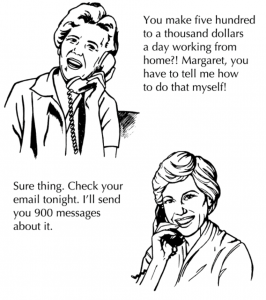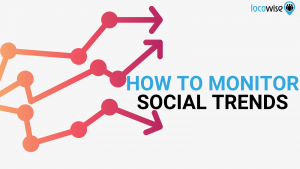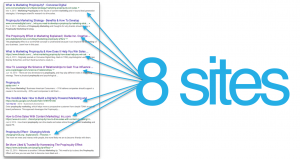
Many customer-centric leaders we have spoken with are facing challenges they did not expect. While they themselves understand the imperative for a customer culture that will drive future business performance and sustainability and act as role models in leading the business in this way, so often they feel alone and frustrated at the top. Despite their best efforts their leaders don’t see it in the same way.
Why? Because their direct reports are still operating with a functional mindset. Or the see proposed initiatives to strengthen the culture to improve customer experience as extra work they don’t have the time for. Or they don’t understand what it means to be a customer-centric leader and why it is critical in today’s disruptive business environment. And this is spiraled down to middle management and to the people who report to them.
This is perpetuated by managers’ KPIs that are primarily functionally focused. This creates silos, lack of collaboration and lack of effective support for organization-wide initiatives.
This is not solved by ad hoc efforts to get people on board.
It requires a commitment to an organization-wide initiative that measures and benchmarks the current level of customer-centricity and engages leaders at all levels for their inputs. It requires the development of a customer-centric strategy designed to align people with purpose and job relevance that connects the value they deliver to the customer. It needs to create a focus on easy to understand, credible and robust organization-wide customer metrics that everyone can buy into. This needs to be part of an implementation roadmap of digestible steps that inspire people to participate in and carry through.
Above all, this must be tangible, meaningful and actionable.
Often the hardest part for a senior leader feeling all alone and frustrated by his or her team members that don’t ‘get it’ is to make a start.
The best place to start is to get a tangible benchmark of where we stand today as a business against the most customer-centric organizations in the world. This assessment involves the participation of all leaders and places a mirror to our business. The Market Responsiveness IndexTM (MRI) is a powerful tool to help you get your team on board. It is an assessment tool that will show you that you are not alone – in fact there are many others in different parts of your business and at different levels that think just like you do.
And they, just like you, want to make a difference that counts.
Business & Finance Articles on Business 2 Community(27)





